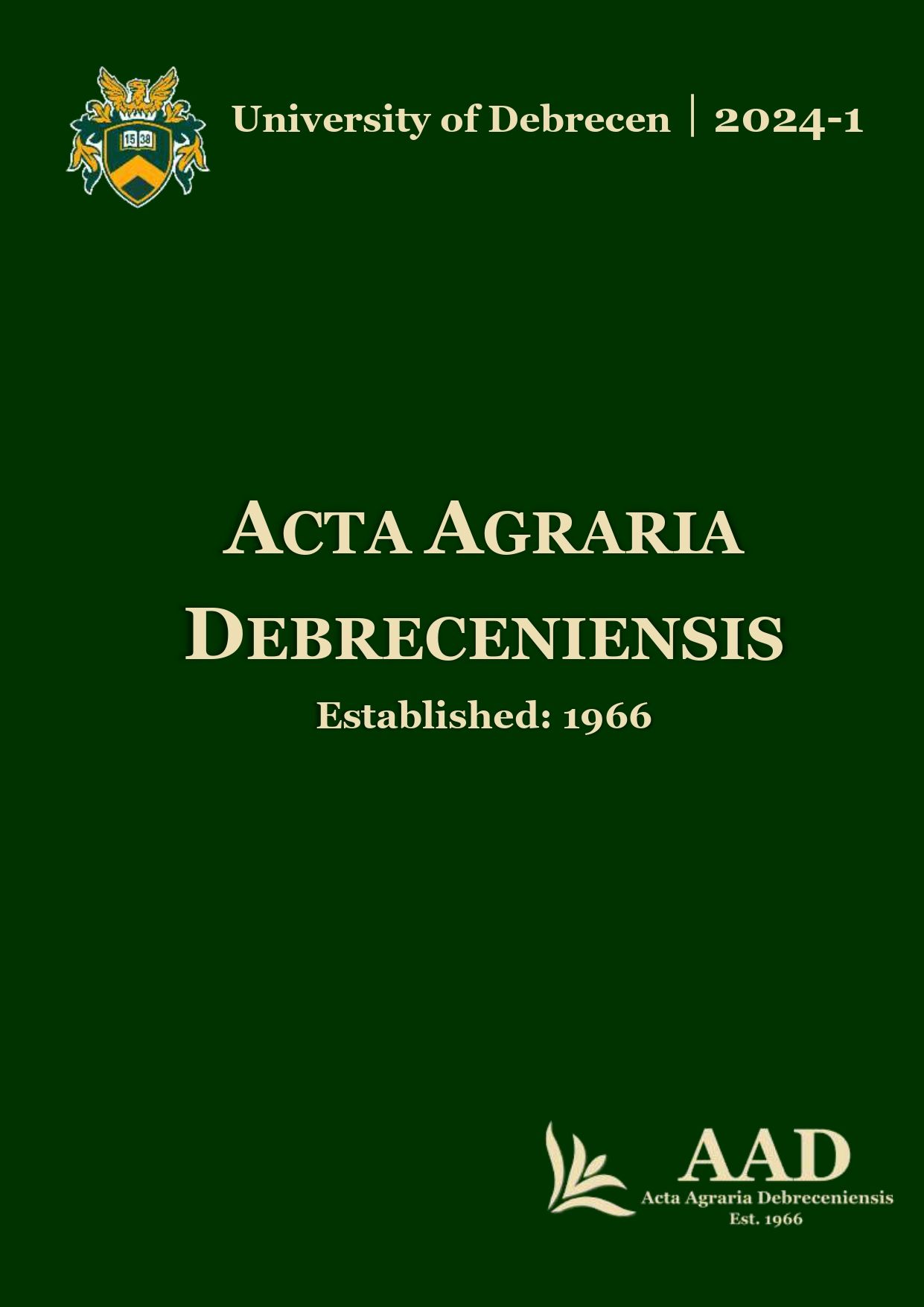Evaluation of bioactive substances in different parts of the root in beetroot (Beta vulgaris ssp. esculenta var. rubra)
Authors
View
Keywords
License
Copyright (c) 2024 by the Author(s)

This work is licensed under a Creative Commons Attribution 4.0 International License.
How To Cite
Accepted 2024-03-25
Published 2024-06-03
Abstract
Beetroot, also known as Beta vulgaris ssp. esculenta var. rubra, is a root vegetable that contains a substantial quantity of bioactive elements, notably antioxidants and anti-inflammatory properties. These bioactive compounds, including betalains, phenolics, and flavonoids, contribute to the health-promoting properties of beetroot. The antioxidant and anti-inflammatory effects of beetroot have been extensively studied in preclinical and clinical settings. The active compounds in beetroot have been reported to provide benefits in reducing the risk of various diseases, our research provides a comprehensive analysis of the bioactive compounds the inner and outer skin parts of the root structure. The findings aim to contribute to a deeper understanding of the potential health benefits associated with specific beetroot root components. Furthermore, the results have implications for optimising beetroot cultivation and processing for enhanced nutritional value. This research not only advances our knowledge of the phytochemical profile of beetroot outer skin but also offers valuable insights into the broader field of plant biochemistry and its applications in promoting human health and nutrition.
References
- Bashir, R.; Tabassum, S.; Rashid, A.; Rehman, S.; Adnan, A.; Ghaffar, R. (2022): Bioactive Components of Root Vegetables. Advances in Root Vegetables Research. DOI: 10.5772/intechopen.105961
- Chawla, H.; Parle, M.; Sharma, K.; Yadav, M. (2016): Beetroot: A health promoting functional food. Inventi Rapid: Nutraceuticals, 1(1), 0976–3872.
- Clifford, T.; Howatson, G.; West, D.J.; Stevenson, E.J. (2015): The potential benefits of red beetroot supplementation in health and disease. Nutrients, 7(4), 2801–2822. doi: 10.3390/nu7042801
- Jasmitha, S.K.; Shenoy, A.; Hegde, K. (2018): A review on Beta Vulgaris (beet root). International Journal of Pharma and Chemical Research, 4(2), 136–140.
- Kale, R.G.; Sawate, A.R.; Kshirsagar, R.B.; Patil, B.M.; Mane, R. (2018): Studies on evaluation of physical and chemical composition of beetroot (Beta vulgaris L.). International journal of chemical studies, 6(2), 2977–2979.
- Khattak, K.F.; Rahman, T.U. (2017): Analysis of Vegetable’s peels as a natural source of vitamins and minerals. International Food Research Journal, 24(1), Pp. 292–297.
- Kujala, T.S.; Loponen, J.M.; Klika, K.D.; Pihlaja, K. (2000): Phenolics and betacyanins in red beetroot (Beta vulgaris) root: Distribution and effect of cold storage on the content of total phenolics and three individual compounds. Journal of agricultural and food chemistry, 48(11), 5338–5342. doi: 10.1021/jf000523
- Lazăr, S.; Constantin, O.E.; Horincar, G.; Andronoiu, D.G.; Stănciuc, N.; Muresan, C.; Râpeanu, G. (2022): Beetroot by-product as a functional ingredient for obtaining value-added mayonnaise. Processes, 10(2), 227. https://doi.org/10.3390/pr10020227
- Lock, K.; Pomerleau, J.; Causer, L.; Altmann, D.R.; McKee, M. (2005): The global burden of disease attributable to low consumption of fruit and vegetables: implications for the global strategy on diet. Bulletin of the World Health Organization, 83, 100–108.
- Marić, L.; Malešić, E.; Tušek, A.J.; Benković, M.; Valinger, D.; Jurina, T.; Kljusurić, J.G. (2020): Effects of drying on physical and chemical properties of root vegetables: Artificial neural network modelling. Food and Bioproducts Processing, 119, 148–160. DOI:10.1016/j.fbp.2019.11.002
- Masih, D.; Singh, N.; Singh, A. (2019). Red beetroot: A source of natural colourant and antioxidants: A review. Journal of Pharmacognosy and Phytochemistry, 8(4), 162–166.
- Neelwarne, B. (Ed.). (2012): Red beet biotechnology: Food and pharmaceutical applications. Springer Science & Business Media.
- Ninfali, P.; & Angelino, D. (2013): Nutritional and functional potential of Beta vulgaris cicla and rubra. Fitoterapia, 89, 188–199. DOI: 10.1016/j.fitote.2013.06.004
- Paliwal, H.; Goyal, S.; Singla, S.; Daksh, S. (2016): Pigments from natural sources: An overview. International Journal of Research in Pharmacy and Pharmaceutical Sciences (IJRPPS), 1(3), 1–12.
- Raziya, A.; Shiv, B.S.; Praful, K.; Broadway, A.A. (2017): Proximate and sensory analysis of beetroot (Beta vulgaris) and Jamum (Syzygium cumini) juice blended drink. Journal of pharmacognosy and phytochemistry 6(6), Pp. 1280–1283.
- Sawicki, T.; Bączek, N.; Wiczkowski, W. (2016): Betalain profile, content and antioxidant capacity of red beetroot dependent on the genotype and root part. Journal of Functional Foods, 27, 249–261. https://doi.org/10.1016/j.jff.2016.09.004
- Shuaibu, B.S.; Aremu, M.O.; Kalifa, U.J. (2021). Chemical composition and antioxidant activities of beetroot peel. Afr. J. Eng. Environ. Res, 2, 62–73. https://ajoeer.org.ng/otn/ajoeer/qtr-1/2021/05.pdf

 https://doi.org/10.34101/actaagrar/1/13551
https://doi.org/10.34101/actaagrar/1/13551